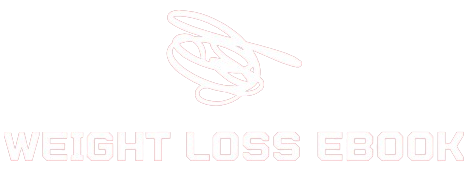A survey conducted by the Equipment Leasing Association shows that many companies in the United States. They rent equipment, from the smallest office equipment, such as a laptop, to larger machines and vehicles. It was reported that more than $ 200 billion is leased every year.
If you are a small business owner, here are some tips on how to save more than renting equipment:
1. Select the appropriate leasing company. Working with the wrong landlord can lead to unnecessary problems. For example, you may experience delays in approving your rental application or in delivering the equipment you rent. Some equipment leasing companies may charge hidden fees or may not provide better customer service.
To avoid such complications, it is important that you look for potential commercial equipment rental companies with a good reputation, stable financial condition and an impressive service history.
2. Choose the correct rental agreement. Rental of commercial equipment come in different shapes and packages. You should carefully evaluate to make sure that your lease agreement meets the needs of your business.
Before entering into leasing of commercial equipment, review your contract and check the specific conditions of your landlord, in particular with regard to prices, repayment terms and obsolescence, options for the lease term, customer service, termination, etc.

3. Choose a short term rental. A shorter rental period will give you the opportunity to plan your next move and avoid a failed lease. When you receive a notice of termination of the lease, you can choose between returning the leased equipment and extending the lease. Term of termination of the lease can vary from one month to six months, so be sure to be aware of this term. Otherwise, you can get stuck with automatic renewal of the lease.
4. Reduce your interim income. Temporary rent is the daily rates you pay from the moment you receive the equipment until the official start of the lease. One way to reduce costs is to organize the delivery of equipment until the end of the month, since most rental contracts officially begin on the first day of the month. You can also ask your landlord to limit the Temporary rent to a certain number of days (from 10 to 15 days), regardless of the date of delivery.
5. Check all prices. Make sure you clearly understand all fees associated with your rental. Examples of leasing payments are commitment fees; fees for non-use or services, fines for late rent, fines for early termination, etc. Spend time comparing offers from different homeowners. If there are certain fees that are in one offer but excluded in others, discuss with the landlord whether these fees can be reduced or eliminated altogether.
6. Return or purchase. Make sure that you have the opportunity to return or buy the leased equipment at the end of the lease term. If you decide to return, will you incur additional charges? If you decide to buy equipment, will there be a reasonable price?
7. Ask for a discount. You can save a lot of your rental costs if you request a discount. This is especially true if you have an excellent credit rating to support it. Do not be afraid to negotiate with your chosen landlord. If you have been a client for a long time, then surely you deserve a better offer.












